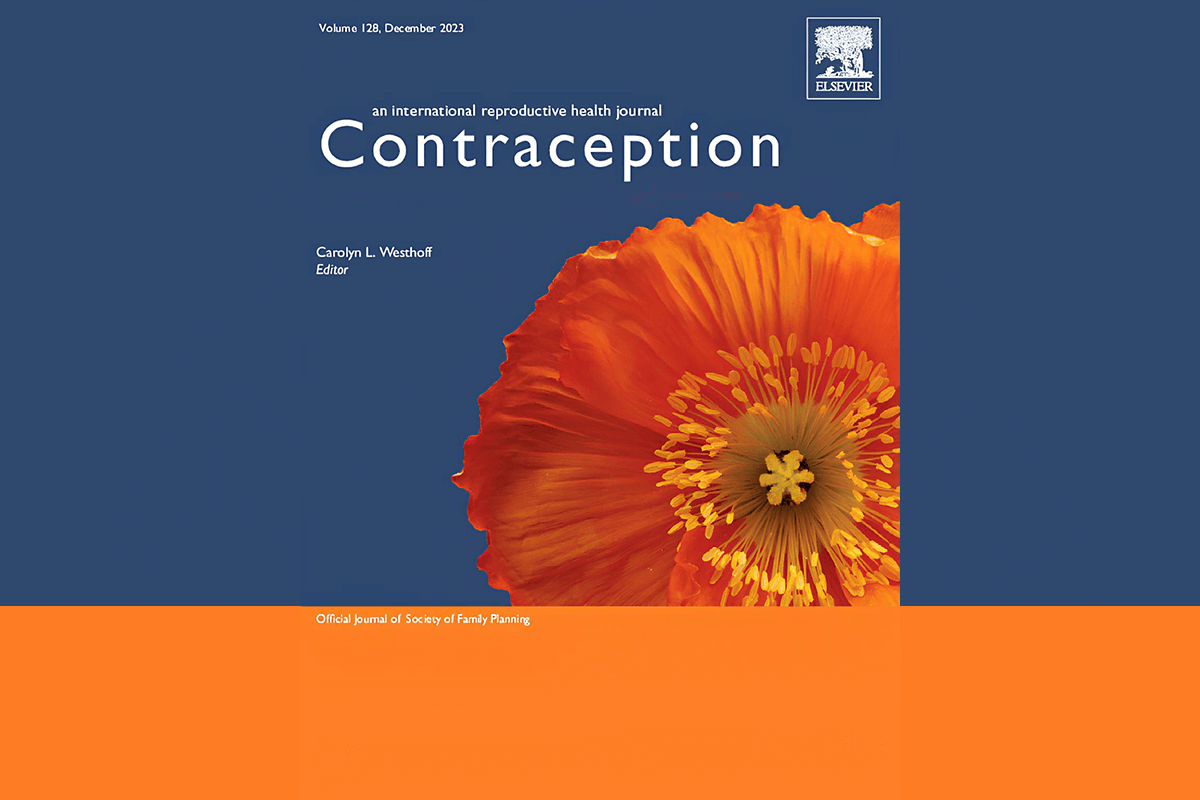
Abstract
Early pregnancy loss (EPL, i.e. miscarriage) occurs in 15% to 20% of clinically recognized pregnancies. We recommend that patients experiencing EPL have equal access to all treatment options, including expectant, medication, and procedural management, when urgent treatment is not necessary (GRADE 1A). We recommend a patient-centered approach that uses shared decision-making to diagnose EPL through ultrasonography, serial quantitative hCG measurements, or symptoms (GRADE 1C). We suggest a shared decision-making approach for continuing expectant management of EPL up to 8 weeks after diagnosis, in the absence of medical complications or symptoms requiring urgent intervention (GRADE 2C). We suggest against Rh testing and Rh-immunoglobulin administration before 12 weeks of gestation for patients undergoing medication management of EPL (GRADE 2B). We recommend a combined regimen of mifepristone with misoprostol for medication management of EPL (GRADE 1A), using mifepristone 200 mg orally followed 7 to 48 hours later by misoprostol 800 mcg vaginally or buccally (GRADE 2A). When used without mifepristone, we recommend misoprostol in two or more doses of 600 to 800 mcg sublingually or vaginally at intervals of at least 3 hours (GRADE 1B). We suggest ibuprofen 800 mg orally for pain control during medication management of EPL (GRADE 2A). Clinicians should offer all patients, but not require, in-person confirmation of completed EPL (GRADE 2B). We recommend against using endometrial thickness alone as a criterion for recommending additional intervention after medication management of EPL (GRADE 1B). We recommend institutions and clinicians make thorough efforts to obtain and maintain access to mifepristone in clinical settings where patients receive EPL care (GRADE 1C).
Editor’s Note: This is a long, detailed, complicated paper, aimed at clinicians. But its main message for all of us is that a combination of mifepristone and misoprostol is being studied for treating early miscarriages, as well as abortions. Given the number of early miscarriages, as many as 15% to 20% of all clinically recognized pregnancies, this would represent a greatly increased use of this medication. That will require increased production of the pills and increased training for those who provide pregnancy care. It also creates more reasons for improvements in laws that currently restrict abortions with pills.
+++
The impact of Dobbs v. Jackson on abortion training in obstetrics and gynecology residency programs: A qualitative study
by Danielle Vachon, Marisa C Hildebrand, Sarah Averbach, Jema Turk, Jody Steinauer, Sheila K Mody
Abstract
Objectives: The Ryan Program collaborates with obstetrics and gynecology (OBGYN) residency programs in the United States (U.S.) to ensure that abortion and contraception care are incorporated into resident curriculum as required. We sought to understand the impact of the Dobbs v. Jackson decision on OBGYN residency abortion training programs from the perspective of Ryan directors and to understand barriers and facilitators to maintaining abortion training in OBGYN residency programs post-Dobbs.
Study design: We conducted qualitative, semi-structured in-depth interviews with Ryan program directors at U.S. academic medical centers. We coded the data iteratively and analyzed the data thematically.
Results: From January to April 2023, we conducted 24 interviews, representing 21% (n=23) of eligible U.S. Ryan directors. Participants were evenly distributed across four geographic regions of the U.S.; 50% (n=12) of participants were from programs in abortion-restrictive settings. Two themes emerged: (1) Ryan directors experienced stressors related to the administration of Ryan programs post-Dobbs, including perceived difficulty satisfying requirements for abortion training in restrictive states, burnout, and increased financial needs to support training partnerships. (2) Directors face increased challenges in recruitment and provision of clinical care post-Dobbs.
Conclusions: Increased state restrictions on abortion place logistical and financial burdens on OBGYN abortion training programs. Dobbs impacted training experiences across the U.S. and made it more difficult for many OBGYN residencies to provide abortion training.
Implications:
The research findings will inform strategies for improving the delivery of abortion education post-Dobbs. We anticipate findings will enhance procedures to establish and maintain partnerships post-Dobbs and identify areas where philanthropy and advocacy can be effectively utilized.



